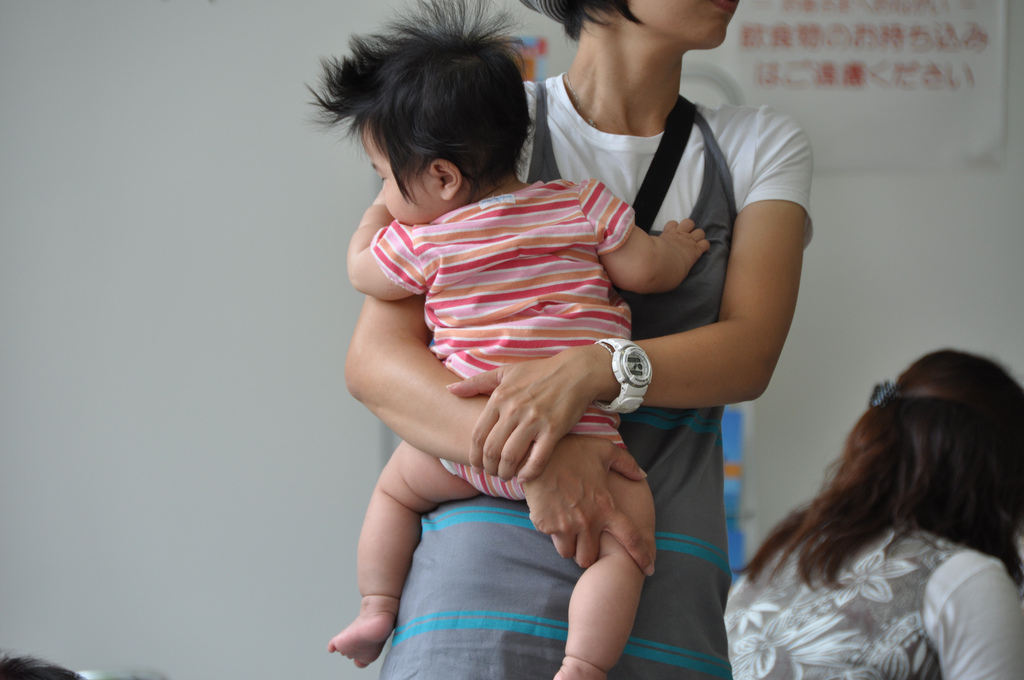Within the past couple decades, the gender ratio of students entering college has been experiencing a great reversal from the pre-1970s college admission rates. Today, college’s student populations are made up of almost 60 percent of women and 40 percent of men, a number that is only expected to rise. Millions fewer men are even stepping foot on campus. And even once in college, women are graduating at higher levels than men across the four-year, five-year, and six-year rates. After a year of online classes due to COVID-19, 75 percent of those who dropped out of college were male students.
This may not seem like it would be a big issue to many people — after all, it took many decades of fighting by women to force colleges to even accept them into their programs. Now, they’re achieving at far greater levels than their male counterparts. Unfortunately, in the global context, millions of girls and women still have no access to education, or their education is lacking in the quality that boys and men receive. Meanwhile, in the professional world, men still dominate elite and upper level positions, while women are still trying to break the glass ceiling. Despite the significance of these larger trends, the gender gap in college enrollment will also have an important impact on society and the economy for generations to come. Yet, many people, administrations, and institutions are struggling to understand and explain this phenomenon.
While there are mostly likely a combination of factors that result in this trend, some have offered speculative explanations that might provide educators a way to prevent a continuing decline. One such theory suggests that the widening gap is simply an extension of the behavioral trends witnessed in child development. Historically, women and girls have been doing better with their education throughout their childhoods and into adulthood. Even at the elementary level, girls perform better at school with higher grades and improved behavior in the classroom. By the high school age, more girls are graduating with degrees and then applying to college, than boys, who continue to lag behind. The fact that this starts at such a young age could suggest biological factors, but could also speak to larger sociological factors. By the time children are entering school they are well aware of their gender and, while they are not explicitly aware, express behavior that conforms to the societal expectations of that gender. So, if 75 percent of public school teachers are women, then boys in those classrooms may internalize the idea that the educational field is a female-dominated field and not want to pursue higher education later in life. Or, a lack of male role models in school, or at home, could also push boys away from trying to excel in school.
Another historical factor could be that men have been skipping higher education for labor-intensive work for almost a century. Given the high cost of college tuition, it can be tempting to go straight from high school into the workforce for financial reasons. Women, on the other hand, have fewer opportunities outside of college (or marriage) to earn enough money to have a financially stable life.
But even when men do make it onto college campuses, they still are not graduating at comparable rates to women. Some have speculated that it has to do with the current culture and climate on college campuses. First, initial imbalances have a tendency to snowball; if a college’s student body starts becoming overwhelmingly female, then the school begins to lose more and more admissions. In an attempt to counter these shifts, colleges have been prioritizing admitting male students in hopes to shorten the gap because a more equal balance creates a more attractive campus for both male and female students. Another (seemingly politically-motivated) theory is that college campuses are making men feel unwelcome on campus by focusing their efforts and attention on different student populations. These commentators claim that continued criticism of white male privilege has turned this audience off, and that we shouldn’t be shocked by their disinterest in the academy. Whether this is a factor that can be, or even should be, addressed is another question altogether.
One innovative way that colleges have been trying to address men struggling during college is with Men’s centers on campus. Most people are probably already familiar with Women’s centers on college campuses, which offer a safe place for people to visit to discuss or gather information on topics relating to women’s issues. Men’s centers, on the other hand, would work on issues directly relating to men, whose consequences are often the focus in Women’s Centers. For example, The University of Massachusetts Amherst has their own Men and Masculinities Center that takes a male-positive approach to their mission. By teaching men to focus on changing for the better, this mindset “rejects the idea that men are somehow intrinsically emotionless, violent or sexist.” It is a tragic and historical idea that men cannot feel or cry, which only results in men finding other, often violent, ways to express their emotions, particularly against women. In terms of mental health, this positive mindset could greatly affect the staggering numbers of suicide among men compared to women. For college students across genders, suicide is the second leading cause of death with over 1,000 suicides on college campuses per year. When evaluating the numbers by genders, in 2019 men were over three times as likely to die by suicide than women. Creating a Men’s center on campuses could potentially encourage men to speak with professionals or each other about their feelings and mental health. Even if campuses provide counselors, men might be deterred from seeking out help or visiting for fear of not living up to the image of a “true man” that society has depicted as cold and tough. While these are only a few issues that Men’s Centers could address for men in college, they could have a profound impact on the performance of men in college. Eventually, if more men graduate with college degrees, then more and more might start applying to college in the first place as well.
Men’s centers can’t address all of the issues that men face while pursuing their higher education, but they have the potential to create successful experiences for more men on campus. It would take time, but the ratio could slide back towards a more equal rate if boys see more and more examples of the benefits of higher education. As mentioned earlier, however, many of the factors can be attributed to starting at a young age for boys, so more will need to be done at the earlier stages of education to get at the root of the problem, rather than reaching the percent that make it onto college campuses.




